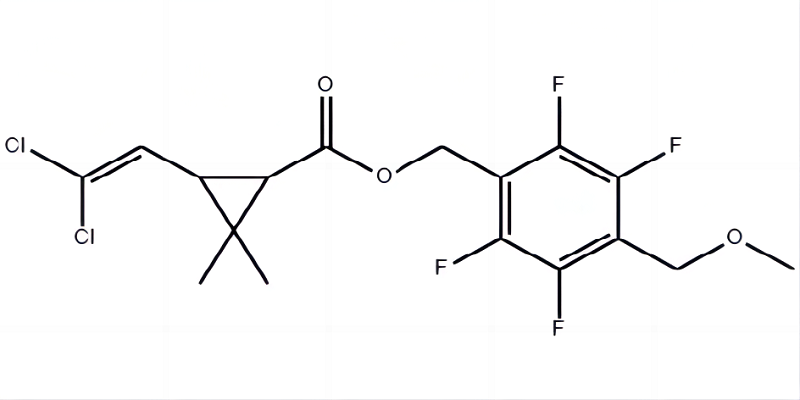Introduction:
Meperfluthrin is a commonly used insecticide that has gained significant attention due to its effectiveness in repelling and eliminating insects. However, amidst its success in pest control, concerns have arisen regarding its potential harm to humans. In this comprehensive article, we delve into the scientific evidence and uncover the truth about meperfluthrin’s impact on human health.
Understanding Meperfluthrin:
Meperfluthrin belongs to the pyrethroid family of insecticides, which are widely used for their potent insect-repellent properties. Derived from the chrysanthemum flower, this synthetic compound possesses a unique ability to disrupt the nervous systems of insects, rendering them paralyzed and ultimately causing their demise.
Low Toxicity to Humans:
Extensive research and toxicological studies have been conducted to assess the potential health risks associated with meperfluthrin exposure in humans. The results overwhelmingly indicate that, when used in accordance with safety guidelines and in typical household quantities, meperfluthrin poses minimal risk to our well-being.
Safety Measures Ensuring Human Health:
Regulatory bodies, such as the Environmental Protection Agency (EPA), have established strict guidelines for the use and application of meperfluthrin-based insecticides in residential, commercial, and agricultural settings. These guidelines include dosage restrictions, recommended application methods, and safety precautions to minimize any potential adverse effects on human health.
Respiratory Concerns and Inhalation Exposure:
One area of concern often raised is the potential respiratory impact of meperfluthrin. Inhalation exposure may occur when using aerosol sprays or other meperfluthrin-containing products. However, it is crucial to note that the concentrations typically used in such products are well below the levels deemed harmful to human respiratory systems. To further minimize any potential risks, it is advisable to ensure proper ventilation during the application of meperfluthrin-based insecticides.
Skin Irritation and Sensitization:
Another aspect of meperfluthrin’s impact on human health revolves around skin contact. While direct contact with this insecticide may cause slight skin irritation for individuals with sensitive skin, severe allergic reactions or sensitization are rare occurrences. However, taking standard precautions such as wearing gloves and long sleeves when applying meperfluthrin-based products can effectively mitigate these concerns.
Accidental Ingestion and Toxicity:
Concerns regarding accidental ingestion of meperfluthrin have also been addressed in scientific studies. The research consistently reveals that, even in the event of accidental ingestion, the toxicological effects of meperfluthrin in humans are low. Nonetheless, it is crucial to exercise caution and ensure proper storage of all insecticide-containing products, especially in households with young children.
Environmental Impact:
While this article primarily focuses on the potential harm of meperfluthrin to humans, it is worth mentioning its environmental impact. Meperfluthrin is known to be highly effective against insects, but it also has a lower environmental persistence compared to other insecticides. This reduces the risk of long-term accumulation in ecosystems, thus minimizing its potential adverse effects on non-target organisms and the environment as a whole.
Conclusion:
Through comprehensive research, it is evident that when used responsibly and in accordance with safety guidelines, meperfluthrin-based insecticides pose minimal risk to human health. The low toxicity, proper safety measures, and stringent regulations surrounding meperfluthrin contribute to its overall safety profile. As always, it is recommended to read and follow the label instructions on any product containing meperfluthrin to ensure utmost safety during its use.
Post time: Nov-02-2023




